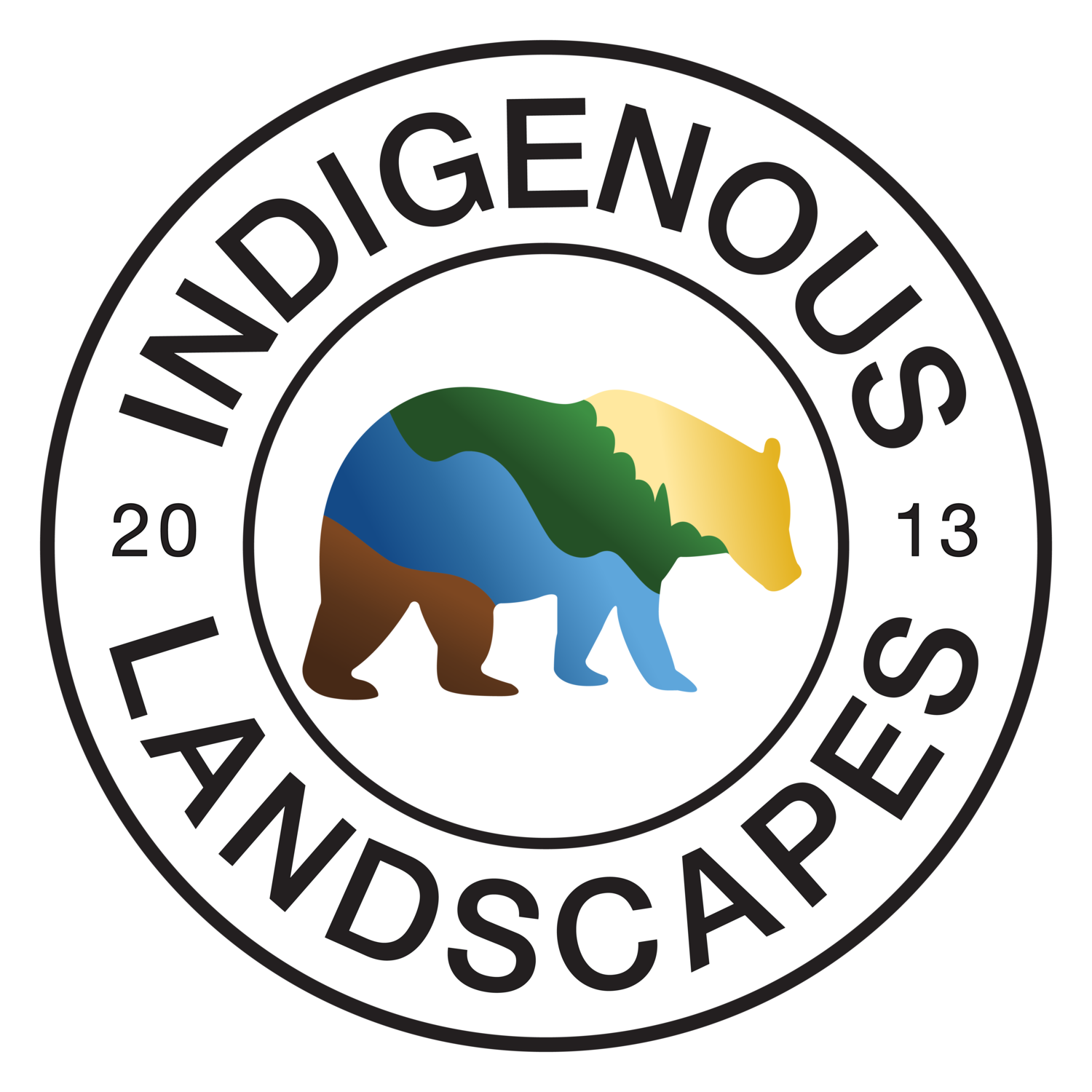Protected/Treated trees of local genotype can act as long-term seed sources.
Over the past 15 years much of the U.S. has seen the non-native invasive insect “Emerald Ash Borer” (EAB) attack and drastically reduce the population of Ash Trees (Fraxinus sp.). Ash trees are now considered Critically Endangered by the IUCN and are projected to go functionally extinct outside of insecticide-treated trees that must be perpetually treated causing them to be useless and poisonous to the native insects that specialize on or utilize Ash trees. However, treated trees of local genotype can still serve as seed sources for the conservation plot approach we’re presenting. Keep in mind where Emerald Ash borer has already taken out + 90% of the Ash trees, their population experienced an exponential increase before a presumable plummet as their prime food sources have been exhausted leading to much lower localized populations of EAB than we experienced during the first waves of infestation. This means an Ash that may have taken 3-5 years to die from the high populations of emerald ash borer, may take 5-10 or more years to die upon infestation, possibly increasing their total average lifespan to 15-35 years old.
The first wave of EAB wiped out the mature ash trees at this site, but their offspring are still healthy a decade later.
One Way Forward - Ash Tree Thicket Conservation Plots
Ash trees show little to no symptoms of emerald ash borer damage when under a certain caliper and age which allows them to grow 15 to 30 feet tall and reach flowering/fruiting age before succumbing to EAB damage. This means EAB has essentially turned a long-lived canopy forest tree into a short-lived thicket species with a life span closer to that of an Elderberry shrub: 10-25 years. A way forward for Ash trees to remain in existence and allow their co-dependent species of insects perpetuate themselves is through designated land for Ash tree regeneration that compensates for their shortened lifespan.
Let’s use 5 acres of lawn/field set aside within a local park district for an example. The appropriate ash tree species adapted to the site would be planted out to live out their 15-25 year life cycle. Understanding this allows the plot be planted out with native prairie-savanna thicket species that are facing their own threats due to loss of habitat and invasive plant species - knowing that these Ash trees won’t get large enough or live long enough to shade them out. The inclusion of native thicket species, would transform a would-be monoculture of young ash trees into a higher diversity complex of native thicket species which would also act as local seed bank for preserving local genotype for future restoration of both Ash Trees and at-risk native thicket species.
Examples of these native thicket species that would co-exist with the short-lived Ash trees are American Hazelnut, Wild Plum species, Ninebark, Wafer Ash, Hawthorn Species, Native Crabapples (i.e. Malus coronaria), Prickly Ash, Dogwood shrub species, Eastern Wahoo, Sumac Species, Winterberry Holly, and Viburnum species. Small trees (non-canopy trees) such as Red Mulberry - Morus rubra, which faces a threat from hybridization with invasive white mulberry, can also co-exist particularly next to the short-lived Ash trees.
Long-Term Planning
After 10-20 years the native thicket species will be mature and robust while the Ash trees will be entering decline from EAB damage. This is the point at which some maintenance will be required to keep the native thicket species from taking all of the canopy openings of the declining ash trees. More local genotype Ash tree saplings should be reintroduced to the site to replace the declining ash trees to supplement what natural Ash tree regeneration is happening on the site from the existing trees seeding into the plot. Also, Ash trees show a moderate ability to stump sprout, so when they reach decline from EAB, they can be cut at the ground and regenerated instead of replanting each one, but seedlings should still be nurtured for genetic diversity.
A few young healthy Green Ash regenerating in a man-made prairie. Nearby; all of the mature Ash are dead.
What Ash Tree Conservation Thicket Plots would have to Offer
1. Conservation of local genetics of at-risk native thicket species and Ash Tree species for restoration and future resistance breeding programs for the Ash tree species.
2. Conservation of native thicket species and Ash tree specialized fauna
3. Expansion of suitable native thicket habitat which has become rare with the loss of prairies, savannas, and the introduction of invasive species.
Creating an Ash tree Thicket Conservation Plot
1. Work with an a public or non-profit organization who has land protected from development long-term.
2. Secure locally collected seed of the Ash Tree Species and at-risk Native Thicket species.
3. Choose an open location that can be mowed or bush hogged while the native thicket species and Ash trees are establishing.
4. Choose the quantity of species and install based on a 60/40 ratio of native thicket species to Ash Trees. The Ash trees would be most easily replaced after death if originally planted in straight rows striping the plot, with the native thicket species planted between these rows. Aim for 40 Ash Trees and 60 native thicket plants planted per acre on the high end or 25 Ash Trees and 35 Native thicket plants per acre - minimum.
5. Optional: Transform the existing herbaceous layer (field/pasture/lawn) into native wildflowers and grasses to enhance the habitat value further within the plot.
You can learn how to propagate Ash Trees, Other Native Trees, Native Vine and Thicket species, and Native Herbaceous plants in our recently published Native Plant Propagation Guide and Nursery Model by clicking this link.



